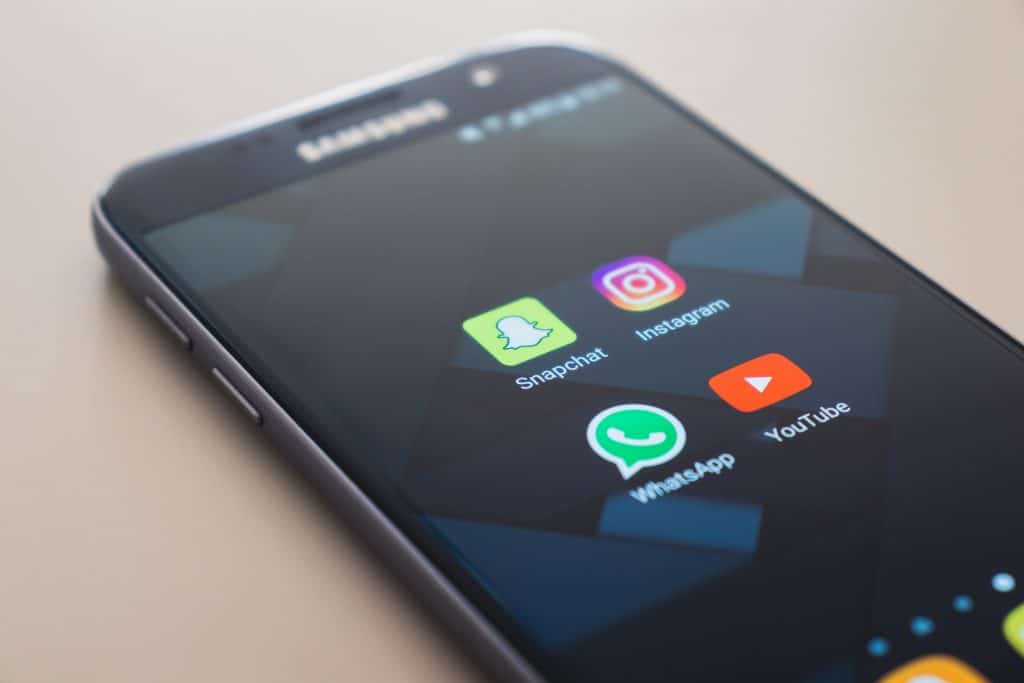Social media platforms are changing how government agencies communicate and interact with the public. While you may already be leveraging the benefits of engaging your community and audience on the likes of Facebook and YouTube, there are best practices to ramp up your online presence.
Here are some ways government agencies can get the most out of social media, engage with wider audiences and ensure their posts are inclusive and accessible to all individuals.
Why Social Media Is Vital for Government Agencies
81% of Americans watch YouTube videos regularly. Not only is this platform the most widely used of all social media sites, but it’s also the second-largest search engine after Google. 69% of the 1,500 people surveyed use Facebook, making the platform one which holds considerable influence and offers opportunities for government bodies to connect more personally with their audiences.
Government agencies can use these platforms to:
- Notify the public of an emergency or crisis
- Build trust with citizens
- Test how new slogans and messaging resonate
- Recruit for branches of the military
- Livestream important events
- Share helpful resources and informational videos
An effective social media presence helps agencies connect with audiences on the platforms they frequent, boost their public image and share information in a more timely manner. However, when their messages or strategies miss the mark, it can cause the opposite effect. There are important best practices for government professionals to consider when posting social content.

Best Practices for Government Social Media Pages
Unsurprisingly, NASA has a strong presence on several social media platforms. However, even agencies that aren’t working with exciting space exploration content can find a way to engage with the public. One example of this is the Transportation Security Administration (TSA), which managed to attract close to a million followers on Instagram.
The airport security agency’s account takes a humorous approach to social media, for instance, by highlighting odd items their agents confiscated from airline passengers. Their efforts humanize the agency and give them a platform for showcasing their work. The TSA achieved this by taking to heart one of the most basic social media best practices: be creative.
The more engaged the audience is, the better chance an agency will have to get out their message when it really counts. Here are a few more tips for creating a solid social media presence.
Use more than one channel
Some social media platforms are more popular than others. However, less commonly used platforms might be particularly effective for communicating with an influential audience, like young voters. Also, some information might be well-suited for YouTube videos, while other messages might only necessitate a short Tweet. Involvement in multiple spaces will help information get to more people.
Avoid acronyms
Professionals within an agency might become accustomed to using a particular acronym, but that doesn’t mean it’s familiar to their audience. Additionally, acronyms might sound strange or confusing when individuals are using screen readers to translate text into audio content. While it might be tempting to use acronyms, especially when dealing with character limits, it’s best to avoid them whenever possible.
Post frequently and mix it up
An account that posts sporadically will get less attention than one with a steady stream of content. The best way to make this happen is by creating and sticking to a calendar that plans posts. Also, mixing content between images, video, text and any other format will keep the account fresh and engaging.
Pay attention to current events and conversations
Posts centered on trending or timely topics will likely get more traction. Keep a pulse on related events, news and posts, but only post about those which align with the agencies’ purpose and goals to maintain authenticity.
Make it interactive
Social media presents an excellent opportunity for directly interacting with the public. Agencies should find ways to use this to their advantage. For example, accepting questions and answering them at a live event allows people to get the answers they need. Setting the record straight on rumors is also simpler when there are chances to respond directly to other posts.
In addition to these tips, government agencies must remember the critical importance of online accessibility.

Accessibility for Government Social Media Accounts
Government agencies posting on social must also consider the diverse needs of the individuals they aim to serve. For example, content must be accessible to individuals with disabilities and the public often holds government entities to a high accessibility standard. In fact, laws like Section 508 of the Rehabilitation Act make it clear that legislators expect online accessibility from the federal government. States and local governments often face similar regulations from Section 504 of the Rehabilitation Act or state-level accessibility laws.
The right tools for supporting access will vary depending on the format of the involved information. Here are a few ways to increase access on social.
YouTube
NASA, the Census Bureau and the Navy are just a few government agencies with active and engaging YouTube channels. When government agencies post video content, it should always include captions. Not only are captions critical for those who are Deaf or hard of hearing, but they’re also helpful for people with a wide range of learning disabilities, those who speak English as a second language and anyone watching without the sound. 92% view videos with the sound off on mobile, and 83% watch with the sound off overall.
While it might be tempting to use the free automated captions built into social platforms like YouTube, it’s essential to realize the limitations of today’s automatic speech recognition technology. The results are sometimes so inaccurate that they fail to serve their purpose and they do not meet the benchmark needed to provide equity according to current regulations and standards. Many government agencies rely on Verbit’s professional captioning and its YouTube integration so that their videos meet the public’s needs and legal requirements. Verbit provides captions for recorded videos and offers real-time captions for live streams.
Video content also needs features to provide access for people who are blind or have low vision. Audio description should be considered in these scenarios, as it offers these users equity by providing audio context based on the visual aspects of a video.
All videos being shared on Facebook or Facebook Live, which provides streaming for real-time events, should also offer captions to support equity. Again, it’s critical to use professional captions that meet current accessibility guidelines because built-in automatic captions are often riddled with inaccuracies that impede comprehension for silent viewers or audience members with disabilities.
Facebook posts should also be screen reader compatible. Screen readers translate text into braille or audio formats so that people who are blind can access information. If the page includes images, alternative text should accompany them so that screen readers can share that information. While Facebook can automate alternative text if the posting entity fails to provide it, the information may not be complete or align with the post’s purpose.
If Tweets include images or links, they should also have textual cues that allow screen readers to describe the content to users. While it’s best to only link to content that is accessible, for instance, captioned YouTube videos and screen reader-friendly images, there might be times when the link shares content that the agency did not produce. If that content lacks accessibility, stating that upfront can avoid putting visitors in a frustrating or confusing situation.
Audits of government websites indicate that many sites still have accessibility issues. Even the most well-intentioned agencies will likely have some social media accessibility errors as well. Regardless of the platform, having information on how to report such mistakes will streamline the remedial process so that agencies communicate their message while also illustrating their commitment to inclusivity.
Verbit’s professional captioners have been supporting government agencies for decades. Contact us to learn more about our captioning and audio description services, which can be applied to the audio and video content that you’re sharing on social.




